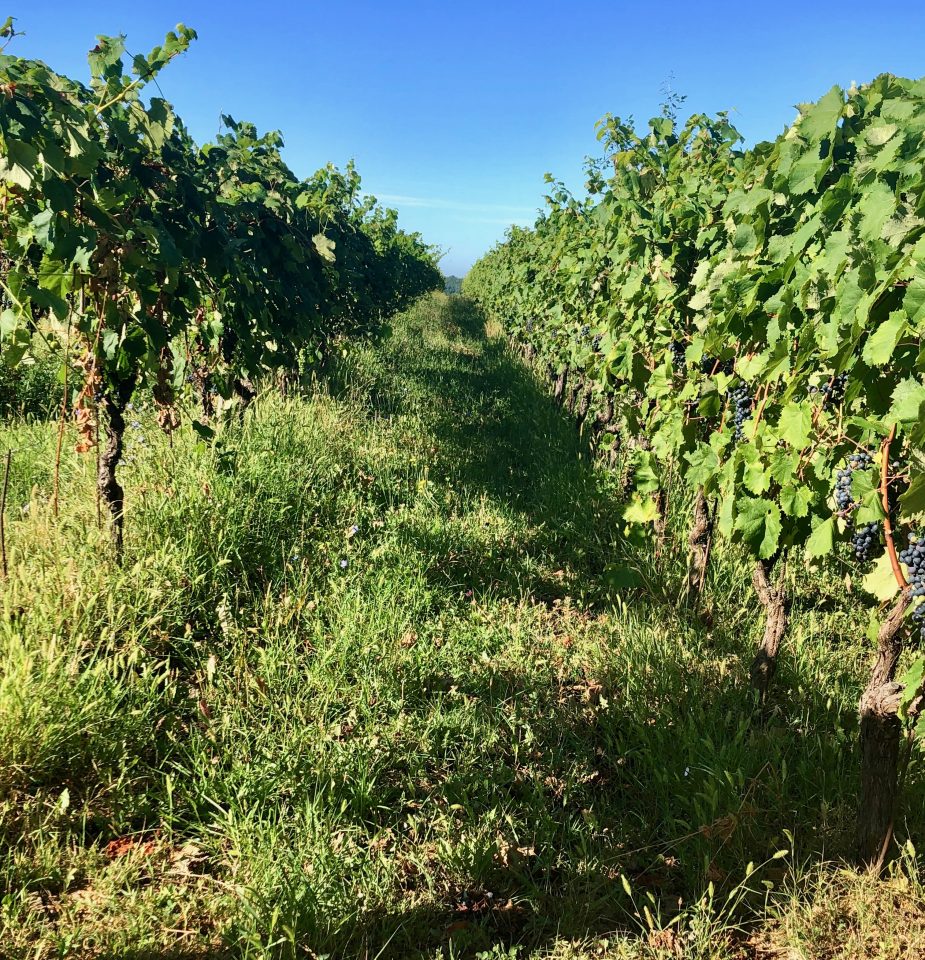Learning about wine
Organic and Biodynamic

What is the difference between Organic and Biodynamic?
This is one of the questions that I get asked most frequently, especially in recent years, I think it is also due to the increase sensitivity that we all have towards the environmental impact.
Even the wine has adapted itself and now the famous organic wines can be found on the market; so, these “natural” wines are mainly distinguished in organic wines and biodynamic wines; the differences are various and they are all strictly regulated.
Organic wines
Many wineries have chosen to move to the organic farming; this cultivation method is regulated by Reg.CE834 / 7, and excludes the use of pesticides or synthetic chemical fertilizers. So for the production of organic wine there are some precautions that start from the soil.
In fact, organic fertilizers are used to fertilize the land. Furthermore, to defend crops from parasites, you can act in two ways: preventively with pesticide treatments of natural origin (eg copper, sulfur, plant extracts) which strength the plants directly, or with biological control farming, which uses living organisms that are parasite antagonists.
So, we can say that wine is organic only when:
- The vineyard produces organic grapes grown without the help of synthetic chemicals (fertilizers, herbicides, insecticides, pesticides) and without the use of genetically modified organisms.
- In the cellar the winemaking is carried out using only oenological products and the process steps authorized by the regulation 203/2012.
Biodynamic wines
The biodynamic agriculture is the advanced method of the organic farming where artificial fertilizers and synthetic chemicals are not allowed. Biodynamic winemakers therefore apply a series of techniques that involve the use of preparations, biological activators, which strongly revitalize the plants and the soil.
The soil is the most important base in agriculture. In fact, it is gradually developed until it reaches a layer rich in humus, that is crumbly, well structured and well drained. Rudolf Stainer, father of anthroposophy, in 1924, described a method to make biological activators that enhance the development of the soil. This allows the plants to grow in optimal health, feeding naturally and not artificially.
Plants do not have an independent heat metabolism like animals, so with the heat of the sun, the plant draws nutrients from the soil humus through the roots. Furthermore, the plants transpire continuously (the water evaporates from the leaves) and the water replenishment also takes place through the soil. It is thanks to the nutrients and the water that the plant takes on a healthy appearance and therefore resistant the attacks of insects and parasites.
So the three principles of biodynamics are:
- maintain the fertility of the soil, releasing nutrients in it
- make plants healthy so they can resist disease and parasites
- produce the highest quality food possible
Let’s learn the acronyms

This is the European symbol for the identification of organic products
Common points
- harmony and balance of the environment, i.e. they try to integrate different crops within a varied natural landscape that includes woodlands and waterways.
- refuse the use of additives, so they avoid pesticides but also chemical fertilizers.
Differences
- Organic farming has as its main objective the return to a cultivation of the land that respects nature and the environment by exploiting the natural fertility of the land and following the rhythm of the seasons.
- In addition, in the biodynamic there is a metaphysical and spiritual connotation; the biodynamic producer must know the effects of the moon and some planets on crops; it must also follow a biodynamic calendar that highlights the so-called “Water, Air, Earth and Light days” to identify the most suitable crop to combine with each specific day. All supported by the use of biodynamic preparations.
What are biodynamic preparations?
500: it is the most powerful substance in the world for the development of soil fertility and is made with cow manure
501: it is also called the “preparation of light” and is made with quartz crystals.
502 – 507: they are made from plant material and serve to enhance the first two preparations (500 and 501).
The calendar used by the biodynamic producers mentioned above is not based on folklore or mysticism but is the result of many years of scientific research.
I hope I have helped you to better understand all the differences between organic and biodynamic cultivation; all the technical news I talked about I got from the Australian magazine Biodynamic Growing.
As always, please let me know what you think and if you have any questions.
See you soon
ciao
Elisa





